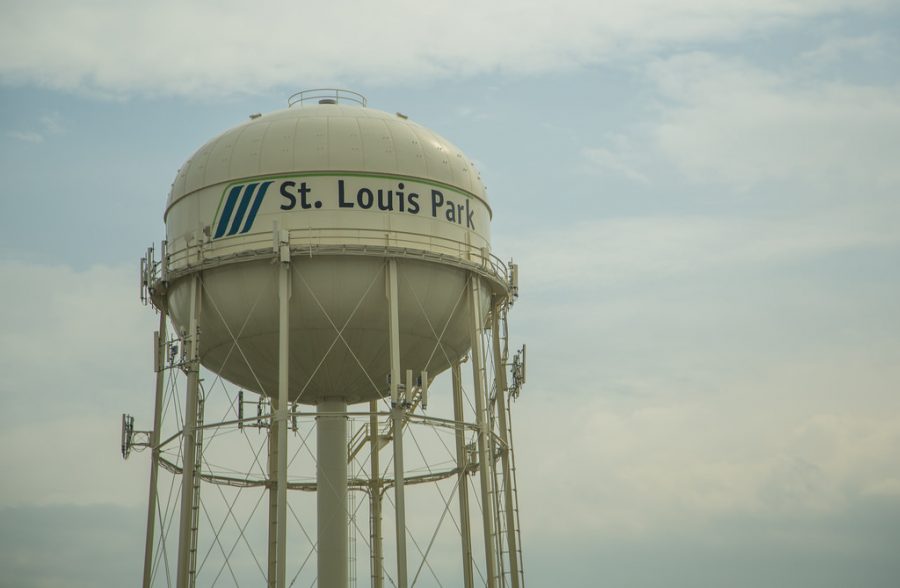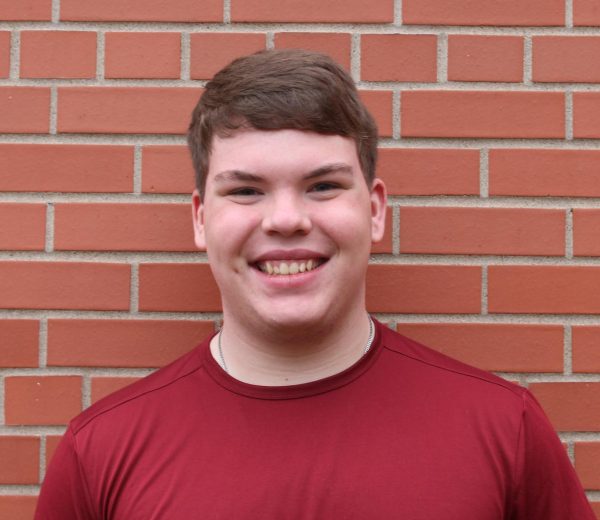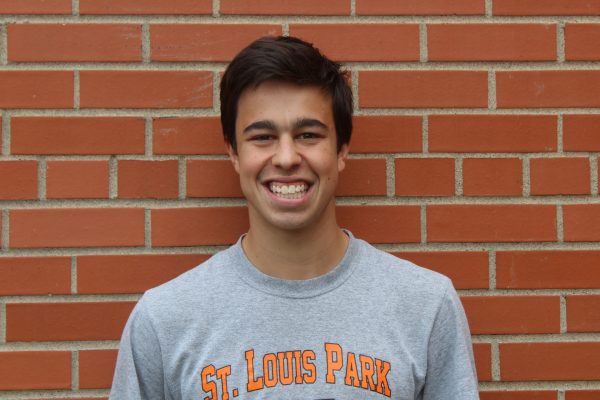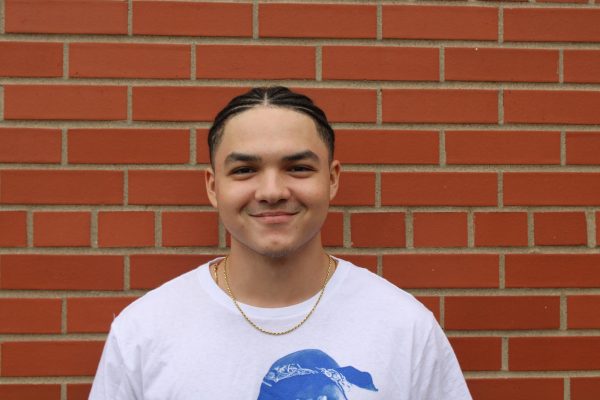Legislation providing assistance to undocumented immigrants beneficial
‘Sanctuary city’ concept, policies prove complex
January 17, 2018
With an estimated 100,000 undocumented immigrants in Minnesota according to Pew Research Center, St. Louis Park should work to pass further ‘sanctuary city’ legislation to offer protections, particularly as a diverse community that likely contains residents who are undocumented. People should feel they and their families are safe in St. Louis Park, regardless of citizenship status.
There is no clear, definitive definition of a ‘sanctuary city.’ However, the term commonly refers to cities’ prosecutorial discretion, policy and practice to limit cooperation with federal immigration authorities, and choice not to have their police actively enforcing immigration, according to The Washington Post. A much larger impact can be made at the city level by contacting representatives than at the federal level, which is exponentially more difficult to change. — Eli Curran-Moore
In the form of policy and or legislation, this can take the form of ‘separation ordinances,’ guidelines that prevent officers from asking about a person’s citizenship and immigration status, or even to take “any law enforcement action” for the sole purpose of finding undocumented immigrants, both of which are policies in place in the city of Minneapolis, according to Minnpost.
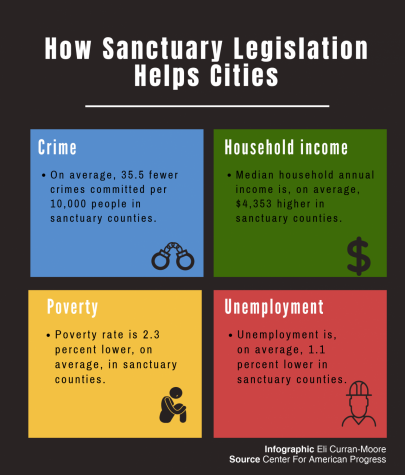
St. Louis Park could pass legislation, including ordinances that protect undocumented immigrants, like a recent ordinance passed by the Minneapolis City Council offering U nonimmigrant status (a U visa) for undocumented immigrants seeking to report a crime. These protections encourage undocumented immigrants to cooperate, speak and work with police, helping prevent crime to everyone’s benefit.
St. Louis Park could pass a sanctuary city platform similar to one proposed by the Minnesota Immigrant Rights Action Committee (MIRAC), among others. St. Louis Park should work to pass additional protections like providing ways to transfer property to children under their name, a municipal ID, legal resources and policies to help keep families together.
However, specifics of what can be done as sanctuary city is a grey area, superseded by federal law. If states ignore federal law, the Department of Justice has the right to force states’ compliance. Legally, Immigration and Customs Enforcement (ICE) has the authority to arrest any undocumented immigrants anytime, anywhere in the U.S., but operates under a courtesy policy, choosing not to make arrests in certain ‘sensitive locations,’ making the legality of sheltering undocumented immigrants an ever-shifting gray area.
Still, policy and legislation at the city level are critical for success in protecting undocumented immigrants. A much larger impact can be made at the city level by contacting representatives than at the federal level, which is exponentially more difficult to change.
We have a moral responsibility to help people in our country, cities and communities, especially if there is to be an increased ICE presence in Minnesota, and in light of the Trump Administration. But beyond that, sanctuary policies reduce crime and benefit the economy in multiple ways, from median household income to unemployment, particularly in smaller communities, according to studies and data from the Center for American Progress.
There really is no such a thing as a ‘complete sanctuary city’ for undocumented immigrants. The idea that St. Louis Park becoming a ‘sanctuary city’ shelter could wholly prevent removal (deportation) of ‘expatriates’, is false. Regardless, tangible steps to protect immigrants can and should be taken by St. Louis Park.



